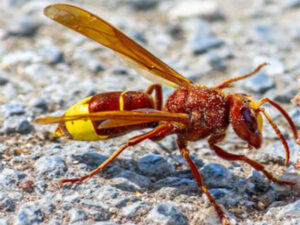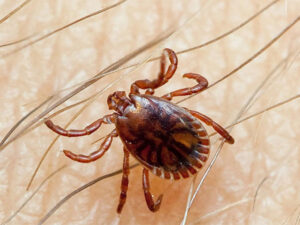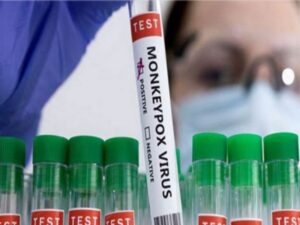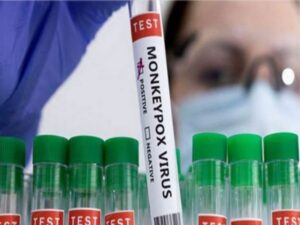
Bristol [UK], December 12 (ANI): A new research has found that early warning signals (EWS) can help in the monitoring of disease outbreaks such as COVID-19. The study has been published in the ‘Biology Letters Journal’.
The study, led by the University of Bristol, found warnings could be detected weeks earlier than any rapid increase in cases. The findings could help governments and policymakers improve the accuracy of their decisions and allow timely interventions if needed.
Using a novel, sequential analysis combined with daily COVID-19 case data across 24 countries, the research suggested EWSs can predict COVID-19 waves. The researchers found that warnings were regularly detectable prior to exponential cases changes. But the reliability of these signals depended on the amount of time between successive waves of infection and the mathematical likelihood of a critical transition.
Consequently, EWSs showed the highest accuracy for waves that experienced a suppressed R number over a long period before the outbreak.
As the ongoing COVID-19 pandemic has shown, being able to identify rapid increases in cases before they occur is important for people to modify their behaviours, and to inform government actions.
Duncan O’Brien in Bristol’s School of Biological Sciences said, “We’ve always been aware that any technique that’s able to predict the appearance of disease would be useful in protecting human health. This has never been more apparent with the global COVID-19 pandemic and the many discussions around when governments should put interventions in place.”
“Our research found that hotly debated early warning signals were most reliable before the second COVID-19 wave that was experienced by many, and whilst these signals performed less well for the first and third waves, any rapid increase in cases could be identified well in advance,” O’Brien added.
“There is a lot of conflicting evidence surrounding EWS use in epidemiology and ecological monitoring in general, so we hope some of the methodological points we raise in this work helps others disentangle the complicated behaviour of these warnings,” he said.
EWSs’ interpretation can be difficult when using real-world data due to their need for specific mathematical conditions. However, recent conceptual work relaxing some of these requirements is supported in this study but has generally been discounted during the use of EWSs in epidemiology. The next steps for research are therefore to explore how the methodological differences published today improve generic assessments of disease dynamics. (ANI)



















